2025
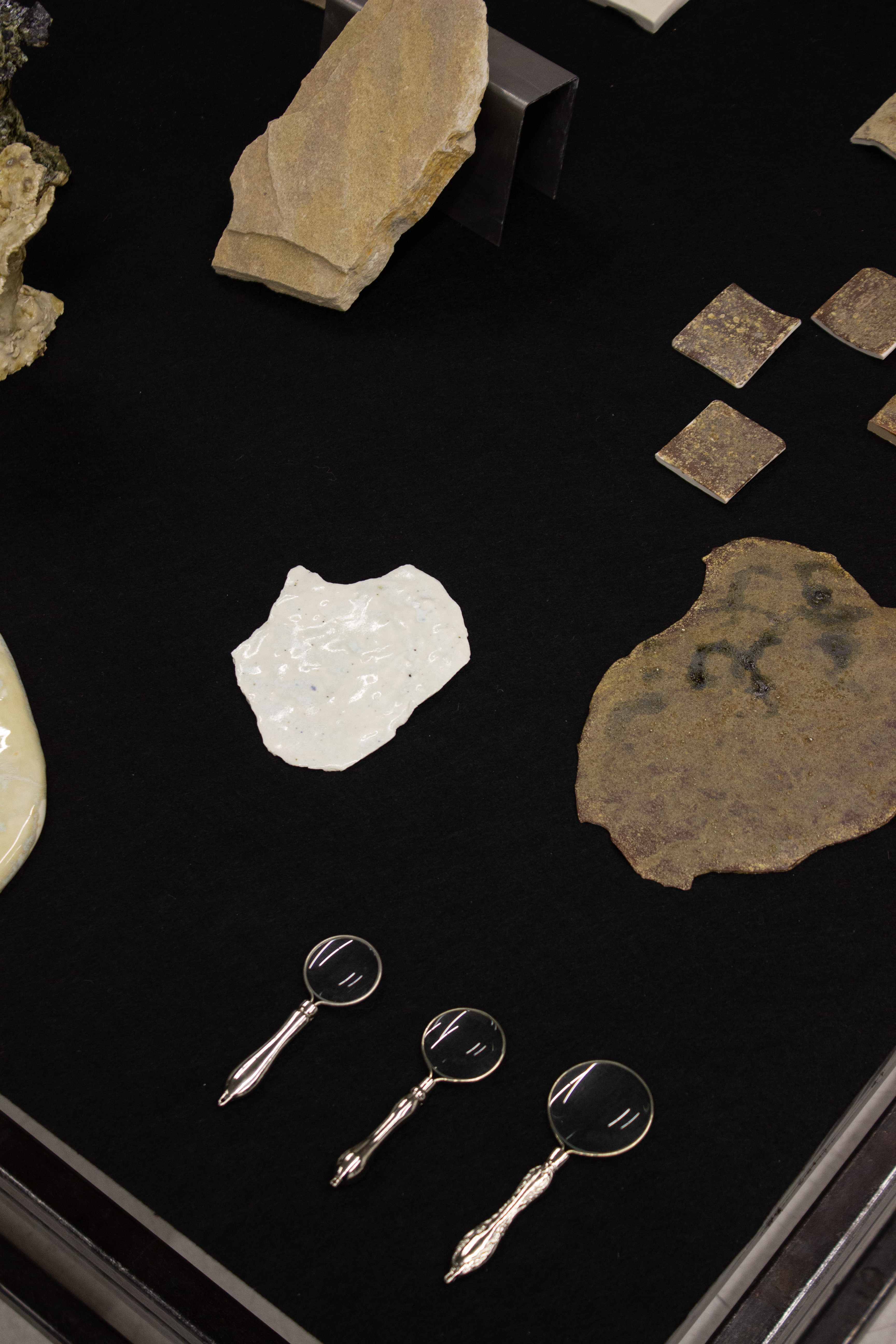
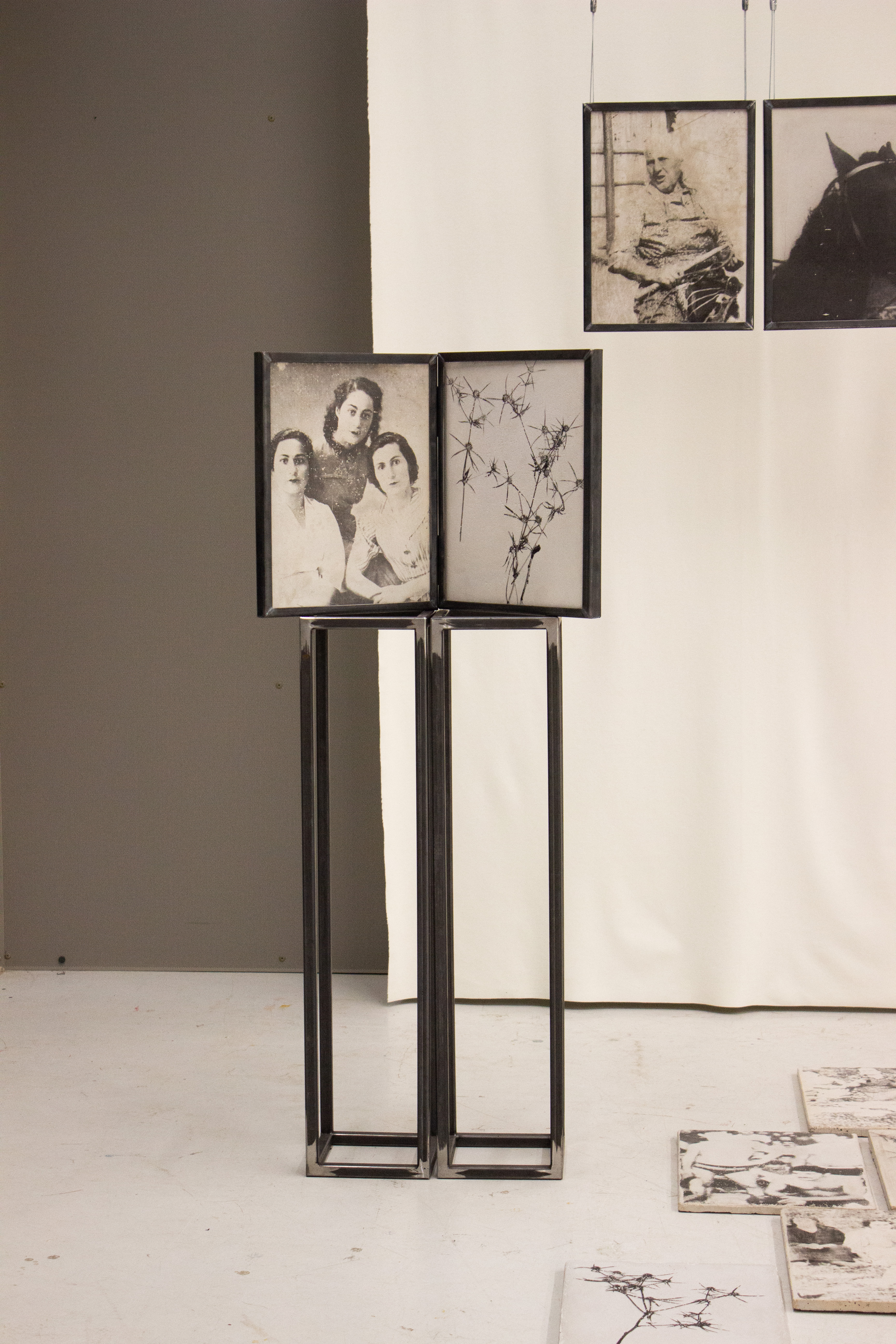
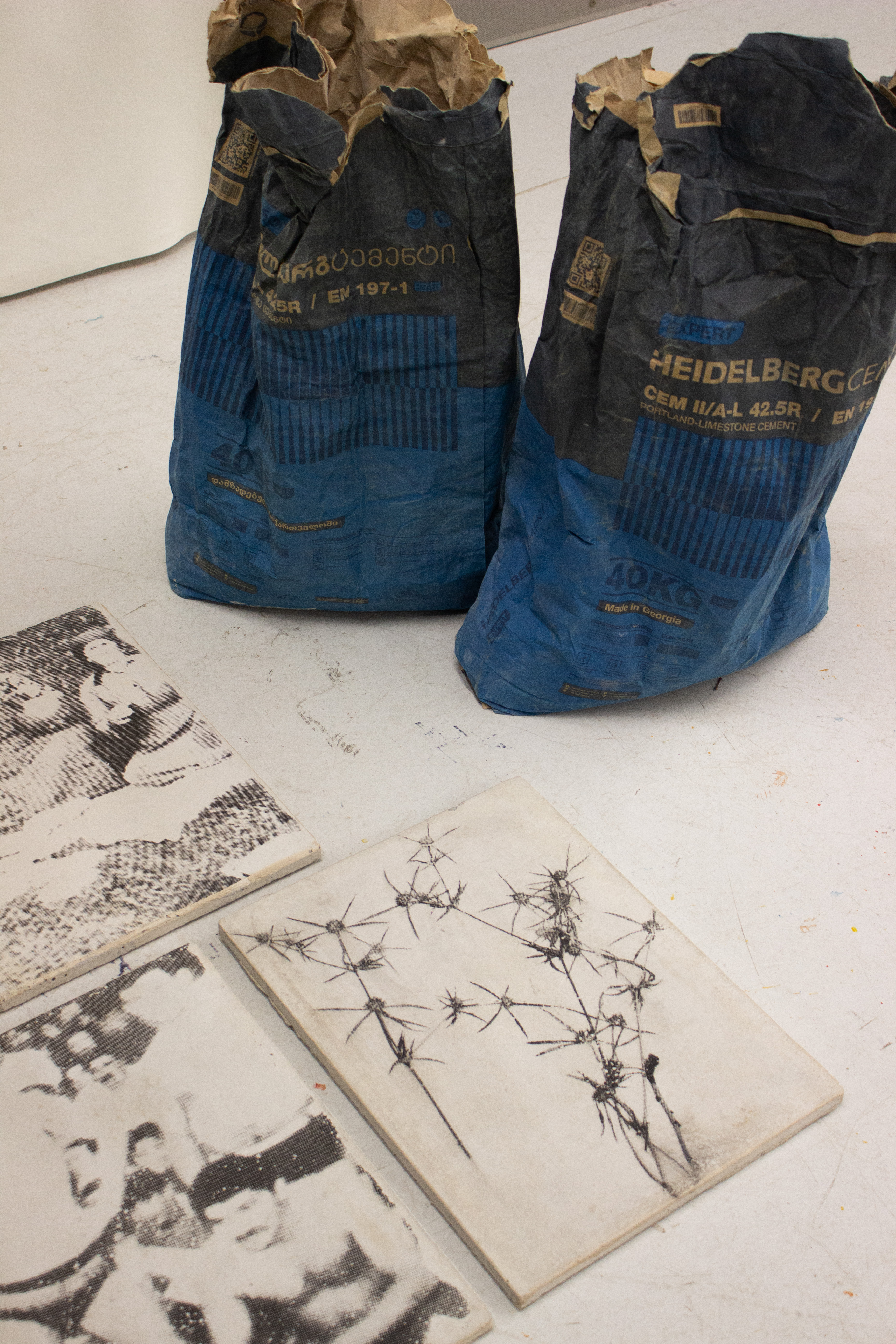
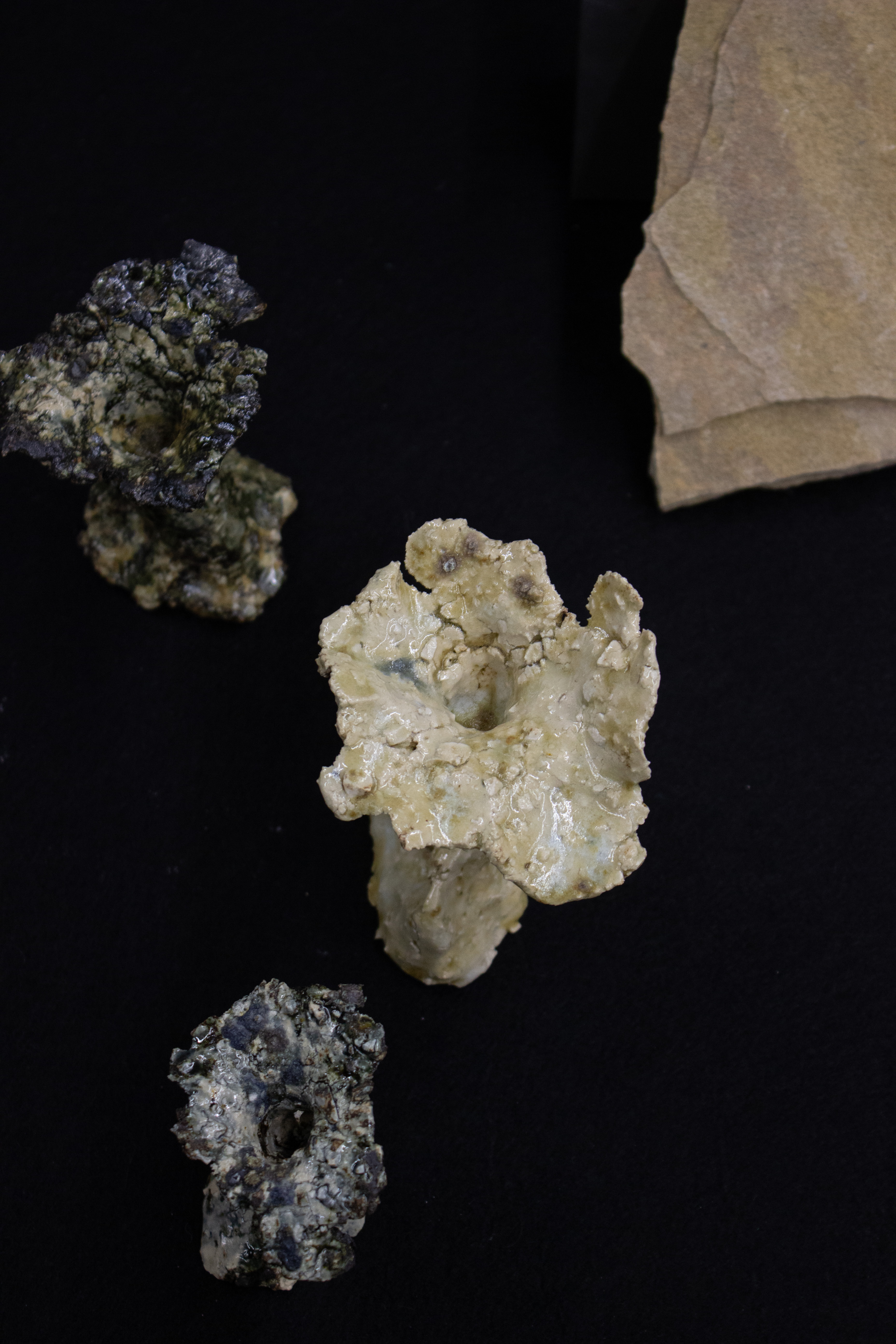
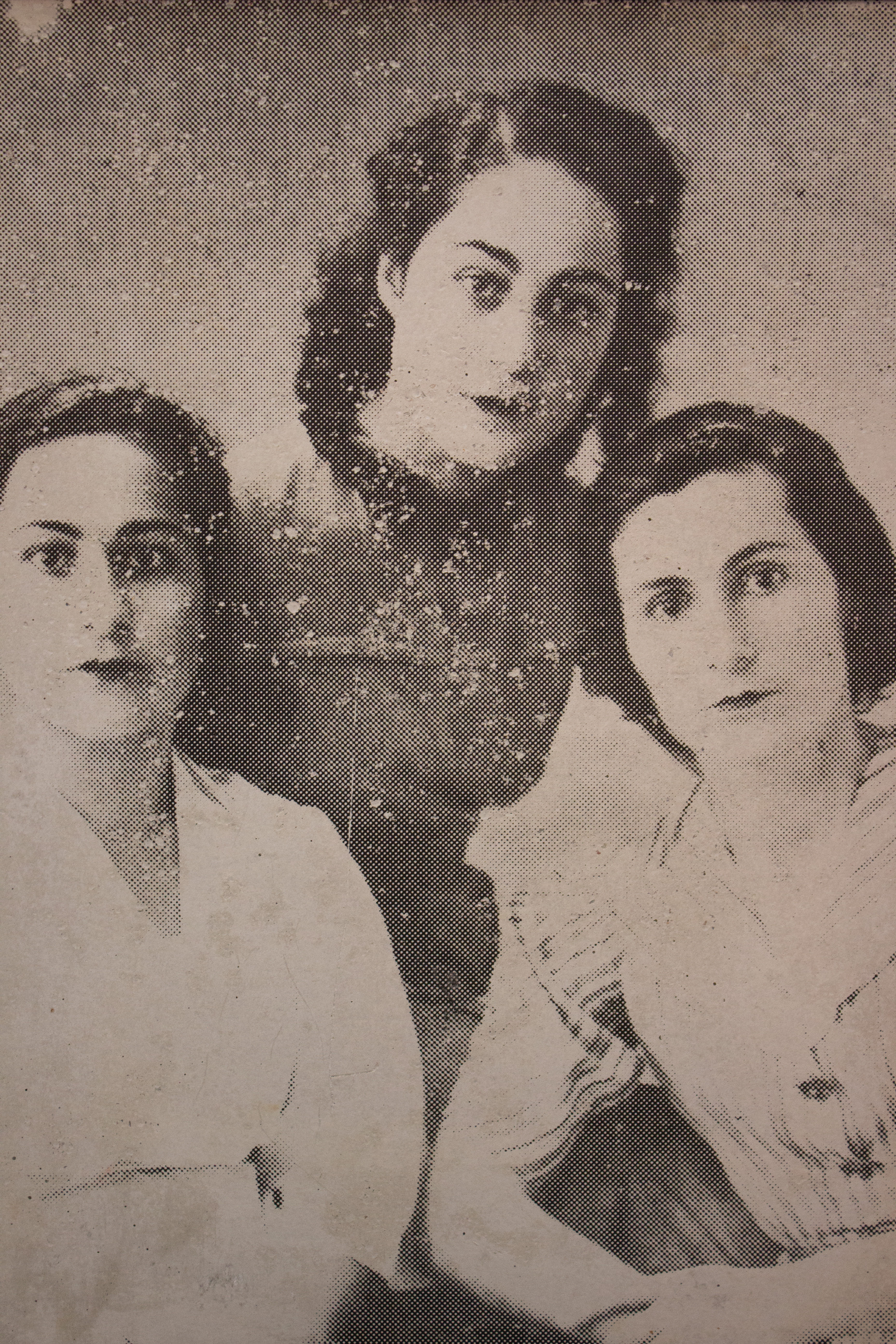
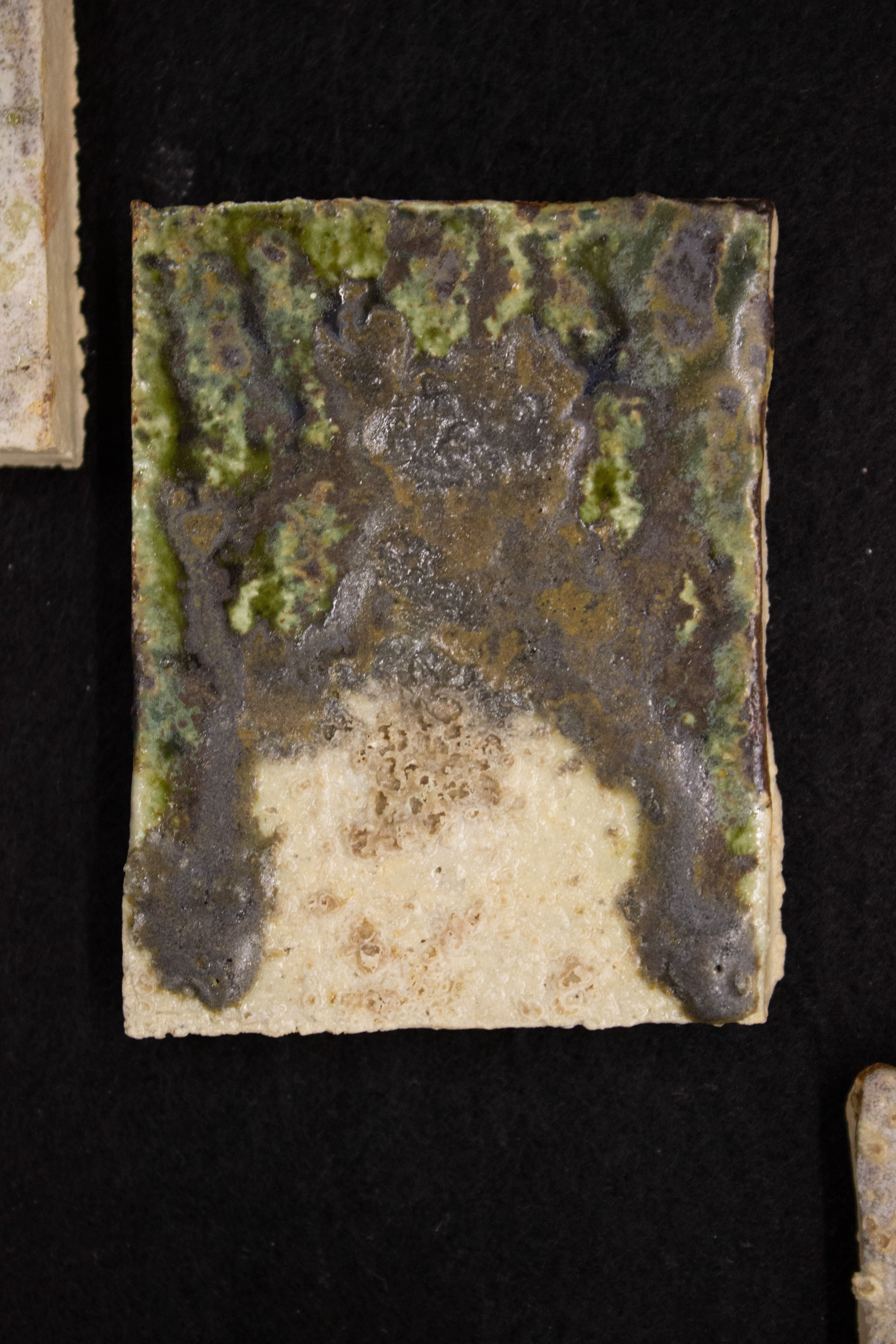
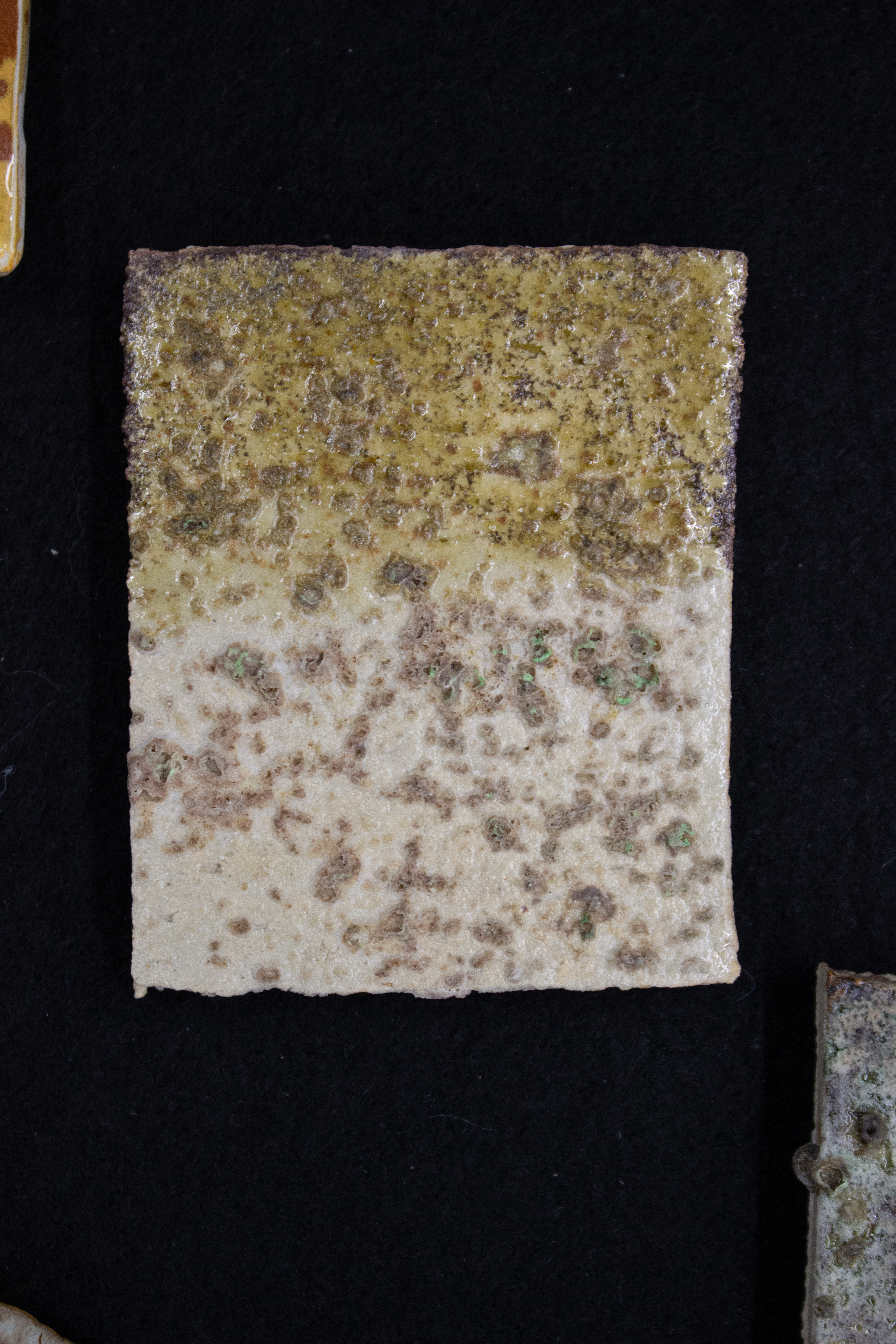
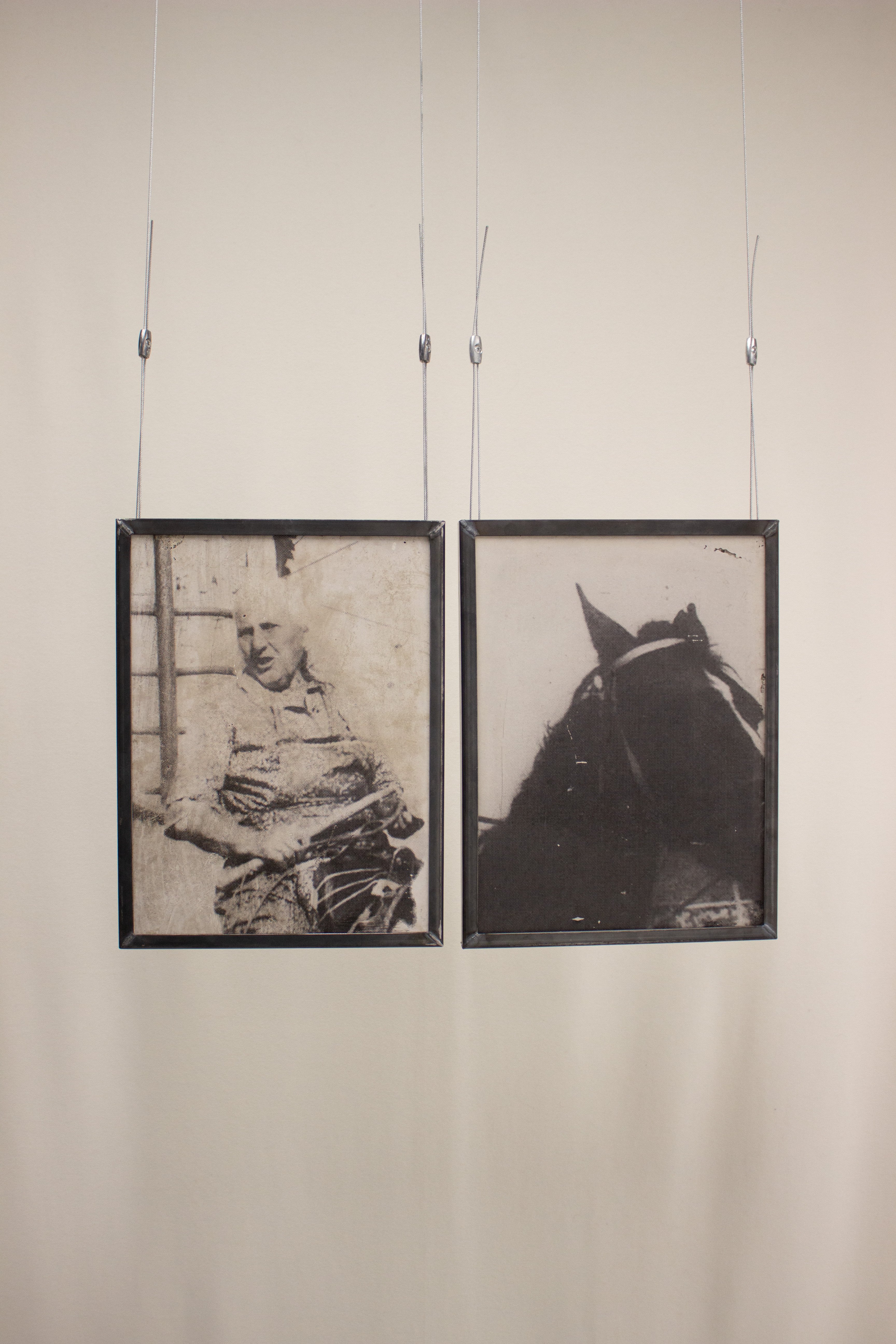
Installation, material research
variable dimensions
Silkscreened concrete (Heidelberg Cement Georgia), steel, quarry waste ceramic high fire glazes
Kataula is a research-driven artistic project set in the limestone quarries of Kavtiskhevi, a village in Georgia profoundly shaped by the relentless extraction of its natural resources. At the heart of the work is a confrontation with Georgian legislation, which sanctions mining until total resource depletion, cementing a future of inevitable destruction. These extractive practices, rooted in colonial legacies of German industrial intervention in the region, strip the mountain of its organic essence, turning sedimentary rock into displaced fragments of its own ecosystem.
The project operates at the intersection of witnessing and intervention. Cement and quarry waste, the materials of industrial erasure, are reclaimed and reimagined. Photographic imprints of are embedded into cement tiles, creating a tactile archive of the village’s existence. Ceramic bodies and glazes crafted from quarry waste serve as vessels for what the mountain has lost, refusing commodification and resisting erasure.
variable dimensions
Silkscreened concrete (Heidelberg Cement Georgia), steel, quarry waste ceramic high fire glazes
Kataula is a research-driven artistic project set in the limestone quarries of Kavtiskhevi, a village in Georgia profoundly shaped by the relentless extraction of its natural resources. At the heart of the work is a confrontation with Georgian legislation, which sanctions mining until total resource depletion, cementing a future of inevitable destruction. These extractive practices, rooted in colonial legacies of German industrial intervention in the region, strip the mountain of its organic essence, turning sedimentary rock into displaced fragments of its own ecosystem.
The project operates at the intersection of witnessing and intervention. Cement and quarry waste, the materials of industrial erasure, are reclaimed and reimagined. Photographic imprints of are embedded into cement tiles, creating a tactile archive of the village’s existence. Ceramic bodies and glazes crafted from quarry waste serve as vessels for what the mountain has lost, refusing commodification and resisting erasure.